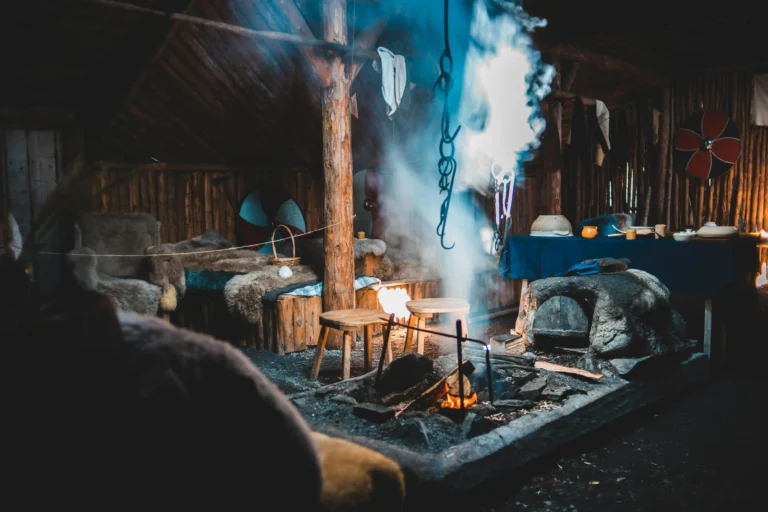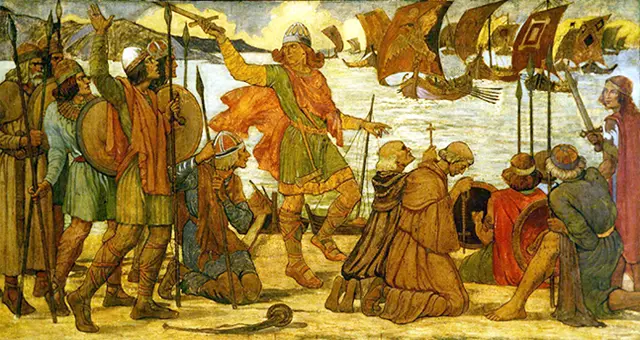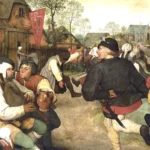
Viking Diseases: Deadly Illnesses That Shaped Norse History
When we think of Vikings, images of fierce warriors and longships come to mind. Yet behind the glory of Viking raids and explorations lurked a grim reality: the deadly diseases that ravaged their populations. Understanding the illnesses that plagued the Vikings opens a window into the harsh conditions of the Viking Age and how health crises influenced their society.
Background
The Viking Age, roughly spanning 800 to 1100 AD, was a period marked by expansion, trade, and warfare. But the era’s epidemiological landscape was shaped by a combination of climate, lifestyle, and limited medical knowledge. Archaeological evidence and historical records reveal that the Vikings contended with various diseases, including tuberculosis, leprosy, and plague.

Sources and Theories
Archaeologists studying Viking burial sites have found skeletal remains bearing marks of chronic diseases. Tuberculosis, for example, left characteristic lesions on bones, indicating it was a common and persistent affliction. Leprosy, once thought to have been introduced later, has been detected in Viking remains, suggesting early spread through trade routes and interactions.
Moreover, the Vikings’ extensive travels likely exposed them to plague strains circulating in Europe and Asia. While the Black Death occurred centuries later, earlier forms of plague may have contributed to mortality in Viking populations. Their living conditions — often cramped in wooden homes and ships — would have facilitated transmission.
The interaction between Viking raids and disease is also noteworthy. Some historians speculate that diseases brought by Vikings to new lands or picked up during raids could have influenced the success or failure of their ventures. These health challenges affected not only individuals but also the broader social and economic structures of Viking communities.
The study of Viking diseases reveals how illness played an invisible yet pivotal role in shaping Norse history. Though overshadowed by tales of conquest, these afflictions remind us that even the fiercest warriors were vulnerable to microscopic foes. Ongoing archaeological research continues to uncover more about the health of Vikings, raising questions about how disease influenced their rise and decline. How might these ancient diseases have impacted Viking migrations and cultural exchanges? Could better understanding their health shed light on broader medieval epidemics?
Fact-Checking Link:
Ancient Origins






